How to Read Faster: 15 Tips and Tricks
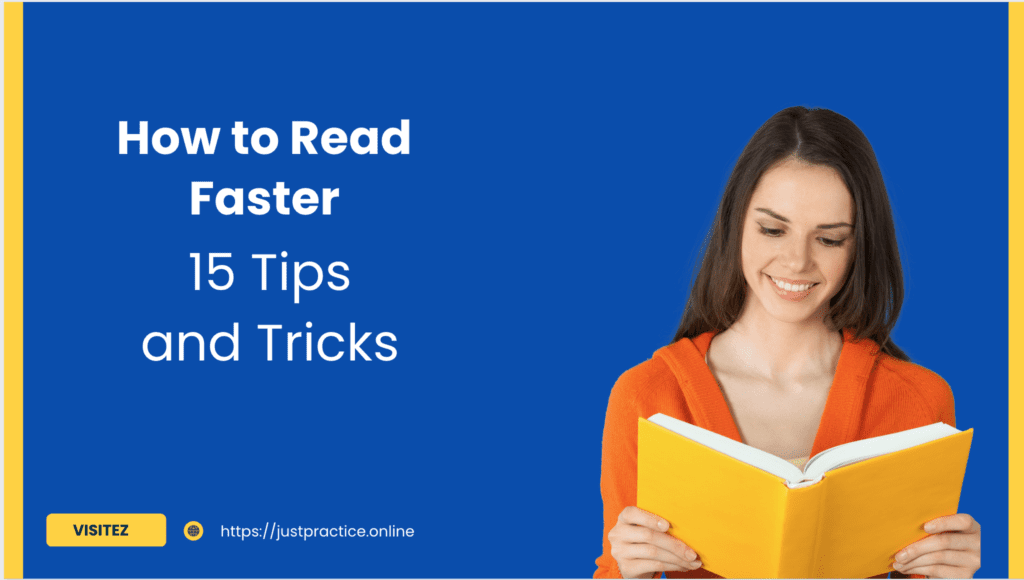
Skim and Scan
Practice these techniques to quickly grasp the main ideas and locate specific information in a text.
Skimming and scanning are two useful reading techniques that can help you find information quickly and efficiently in a text. Based on the web search results, some of the steps to skim and scan are:
- Skimming: This means reading a text quickly to get the general idea or the gist of it. You don’t need to read every word or detail, just the main points and keywords. To skim a text, you should:
- Read the title, the introduction, and the conclusion to get an overview of the topic and the author’s purpose.
- Read the headings, subheadings, bullet points, or key words (those in bold, italics, capitals, or underlined) to get a sense of the structure and organization of the text.
- Read the first sentence and the last sentence of each paragraph to identify the main idea and the supporting details of each section.
- Look for images, tables, graphs, or diagrams that illustrate or summarize the information in the text.
- Use your background knowledge and context clues to infer the meaning of unfamiliar words or phrases.
- Scanning: This means looking over a text quickly, line by line, to find specific information or answers to questions. You don’t need to understand everything in the text, just what you are looking for. To scan a text, you should:
- Know what you are looking for. Decide on a few keywords or phrases that match your search terms. For example, if you are looking for a date, look for numbers; if you are looking for a name, look for capital letters; if you are looking for a definition, look for words like “means”, “refers to”, or “is”.
- Look for only one keyword at a time. If you have multiple keywords, do multiple scans.
- Let your eyes float rapidly down the page until you find the word or phrase you want. You can use headings, subheadings, punctuation marks, or connectors to guide you.
- When your eye catches one of your keywords, read the surrounding material carefully to confirm that it is relevant and accurate.
These are some of the steps . You can try them out and see what works best for you. The key is to practice regularly and consistently until you improve your skimming and scanning skills.

Expand Your Vocabulary
Build a strong vocabulary to comprehend words faster and reduce the need for frequent word look-up.
There are many ways to expand your English vocabulary. Based on the web search results, some of the most common and effective methods are:
- Reading a variety of texts, such as books, blogs, articles, etc. and looking up new words in a dictionary and a thesaurus.
- Listening to music, podcasts, audiobooks, etc. and paying attention to the pronunciation and usage of new words.
- Writing in a journal, a blog, or a social media platform and using synonyms and antonyms to express yourself.
- Watching movies with subtitles and noting down new words and phrases that you hear and see.
- Hiring an English tutor or joining an online community where you can practice speaking and conversing with native speakers.
These are some of the suggestions . You can choose the ones that suit your preferences and goals. The important thing is to practice regularly and consistently.

Eliminate Subvocalization
Minimize silently pronouncing every word in your mind as you read. Instead, focus on visualizing the concepts and ideas.
Subvocalization is the habit of saying or mouthing words in your head as you read. It can slow down your reading speed and limit your comprehension. Based on the web search results, some of the simple ways to minimize subvocalization are:
- Chewing gum, sucking on a candy, or holding a pencil or pen in your mouth to prevent your lips and tongue from forming words.
- Listening to music, repeating letters or numbers, or humming a tune to distract your mind from saying words in your head.
- Using a pointer, such as your finger, a pen, or a cursor, to guide your eyes along the text and maintain a steady pace.
- Practicing chunking, which is grouping words or phrases together and reading them as units rather than word by word.
- Avoiding regression, which is rereading or going back to previous sentences. Trust your comprehension and keep moving forward.
These are some of the tips . You can try them out and see what works best for you. The key is to practice regularly and consistently until you break the habit of subvocalization.

Use a Pointer
Guide your eyes along the text with a pen, pencil, or your finger. This technique helps in maintaining a steady pace and prevents regression.
Maintain Focus and Concentration
Eliminate distractions and create a conducive reading environment to stay fully engaged with the material.
Maintaining focus and concentration is essential for learning English effectively. Based on the web search results, some of the tips to help you do that are:
- Choose the best time of day to study based on your energy levels and preferences. Avoid studying when you are tired, hungry, or distracted.
- Create a dedicated study area that is free from clutter, noise, and other distractions. Have all the materials and tools you need ready before you start studying.
- Study with short breaks every hour or so. This will help you relax your mind and recharge your motivation. You can use a timer to remind you when to take a break and when to resume studying.
- Practice mindfulness meditation to improve your attention and awareness. You can do this by sitting still for a few minutes, closing your eyes, and focusing on your breathing and the sensations in your body.
- Use cognitive training games or apps to sharpen your response times and attention. You can find many online resources that offer speed reading, memory, or vocabulary exercises.
- Study with a partner or a group who share your goals and interests. This will help you stay motivated, engaged, and accountable. You can also practice speaking and listening skills with them.
These are some of the suggestions . You can try them out and see what works best for you. The key is to practice regularly and consistently until you develop good study habits and skills.

Practice Chunking
Group words or phrases together to read larger chunks of text at once, rather than word by word.
Chunking is a technique that helps you group words or phrases together and read them as units rather than word by word. This can help you improve your reading speed, comprehension, and memory. Based on the web search results, some of the ways to practice chunking in learning English are:
- Breaking down content into similar units of text, such as paragraphs, sentences, or clauses. You can use headings, subheadings, punctuation marks, or connectors to identify the chunks.
- Circling unfamiliar words and writing down their meanings next to them. This will help you avoid interrupting your reading flow and learn new vocabulary.
- Using acronyms or acrostics to remember sets of words that are related. For example, you can use the acronym HOMES to remember the Great Lakes of North America: Huron, Ontario, Michigan, Erie, and Superior. Or you can use the acrostic Every Good Boy Deserves Fun to remember the notes on the treble clef: EGBDF.
- Reading aloud and using your voice to emphasize the chunks. You can pause slightly between chunks and change your tone or pitch to mark the boundaries. This will help you train your eyes and ears to recognize chunks.
- Practicing with online tools and resources that offer chunking exercises and techniques. You can find many websites that provide texts with chunking marks or quizzes to test your chunking skills.
These are some of the suggestions . You can try them out and see what works best for you. The key is to practice regularly and consistently until you master the skill of chunking.

Avoid Regression
Resist the urge to reread or go back to previous sentences unless absolutely necessary. Trust your comprehension and keep moving
Regression is the tendency to reread or go back to previous sentences or words while reading. It can slow down your reading speed and affect your comprehension. Based on the web search results, some of the ways to avoid regression in learning English are:
- Using a pointer, such as your finger, a pen, or a cursor, to guide your eyes along the text and keep them moving forward. This will help you avoid losing your place or getting distracted by what you have already read.
- Practicing chunking, which is grouping words or phrases together and reading them as units rather than word by word. This will help you process information faster and reduce the need to reread.
- Trusting your comprehension and skipping over words that you don’t know or understand. You can use context clues or look them up later to figure out their meanings. Don’t let unfamiliar words interrupt your reading flow or make you doubt your understanding.
- Setting a purpose and a goal for your reading. Before you start reading, ask yourself why you are reading and what you want to learn from the text. This will help you focus on the main ideas and avoid getting bogged down by details.
- Reading at a comfortable pace that matches your level of proficiency and interest. Don’t try to read too fast or too slow, as this can cause confusion and frustration. Find a balance between speed and accuracy that works for you.
These are some of the suggestions You can try them out and see what works best for you. The key is to practice regularly and consistently until you overcome the habit of regression.
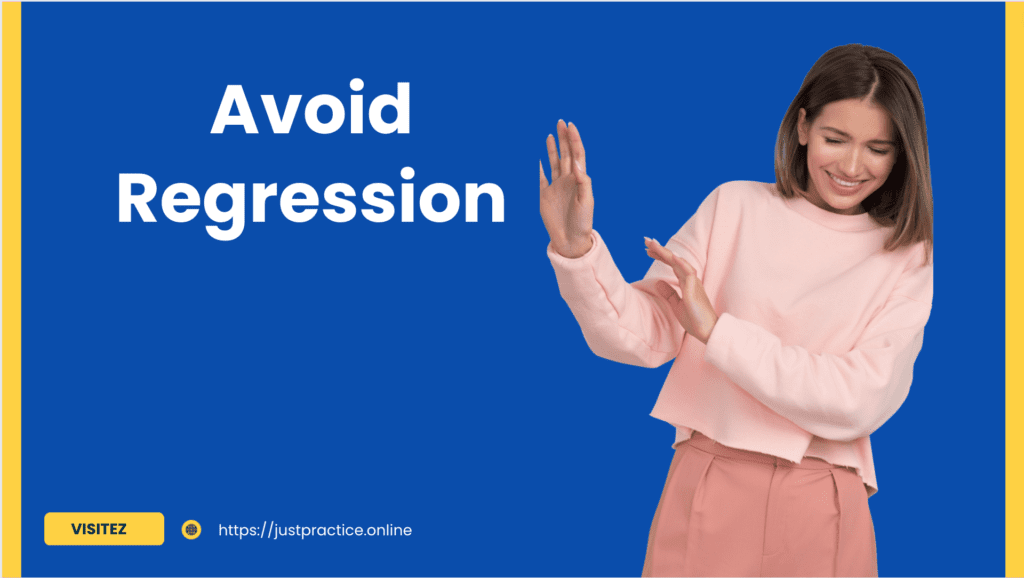
Set Reading Goals
Challenge yourself by gradually increasing the amount of text you read within a specific time frame.
Setting reading goals can help you improve your reading skills, habits, and enjoyment. Based on the web search results, some of the steps to set and achieve reading goals are:
- Assess your current reading habits. Think about how much, how often, and what you read. You can use a reading journal or an app to track your reading statistics, such as the number of books, pages, genres, etc. that you read in a certain period of time.
- Determine your reading priorities. Think about why you want to read and what you want to get out of it. Do you want to learn something new, explore different perspectives, escape into a fictional world, or challenge yourself? Do you have any specific books, authors, or genres that you want to read?
- Set realistic reading goals. Based on your reading habits and priorities, decide on a specific, measurable, achievable, relevant, and time-bound goal that suits your needs and preferences. For example, you can set a goal to read a certain number of books in a year, month, or week; to read a certain genre or topic; to read in a different language; or to read more diversely.
- Make a reading plan. To help you achieve your reading goal, you can make a plan that outlines the steps and strategies that you will use. For example, you can make a list of books that you want to read; create a reading schedule that fits your routine; join a book club or a reading challenge that motivates you; or use online tools and resources that offer reading tips and recommendations.
- Track your progress and celebrate your achievements. As you work on your reading goal, keep track of your progress and reflect on your challenges and successes. You can use a reading journal or an app to record what you read and how you feel about it. You can also share your thoughts and opinions with other readers online or offline. Don’t forget to reward yourself for reaching milestones and completing your goal.
These are some of the suggestions . You can try them out and see what works best for you. The key is to enjoy your reading journey and have fun with it.
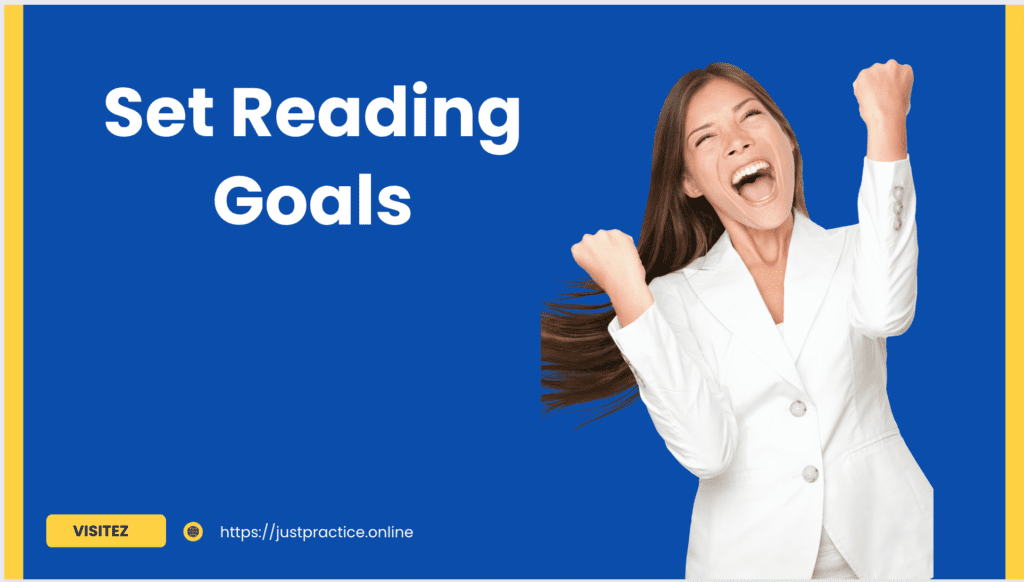
Time Yourself
Use a timer to measure your reading speed and track your progress over time.

Read Different Genres
Explore various genres to expose yourself to different writing styles, which can help improve reading speed and adaptability.
Reading different genres can help you expand your horizons, discover new interests, and enjoy a variety of stories and styles. Based on the web search results, some of the ways to read different genres are:
- Identify the genres that you are most familiar with and the ones that you want to explore. You can use online resources or guides to learn about the different types of genres and their characteristics. For example, fiction genres include science fiction, fantasy, mystery, romance, historical fiction, etc. Non-fiction genres include biography, memoir, history, self-help, etc.
- Choose books that appeal to you from different genres. You can use recommendations from friends, family, librarians, book clubs, online reviews, or bestseller lists to find books that suit your tastes and preferences. You can also browse bookstores or libraries and look at the covers, titles, blurbs, or first pages of books from different genres.
- Read a variety of books from different genres. You can alternate between genres that you are comfortable with and ones that you want to try. You can also mix and match genres that have some similarities or connections. For example, you can read a historical fiction book and then a history book on the same topic or period. Or you can read a sci-fi book and then a fantasy book that have some common elements or themes.
- Keep an open mind and enjoy the experience. Don’t judge a book by its genre or compare it to other books that you have read. Try to appreciate the unique features and qualities of each genre and how they affect the story and the style. You may find that you like some genres more than others, or that you discover new favorites that you didn’t expect.
These are some of the suggestions . You can try them out and see what works best for you. The key is to have fun with reading and explore new possibilities.

Take Breaks
Give yourself short breaks during long reading sessions to prevent mental fatigue and maintain focus.

Practice Regularly
Consistent practice is key to improving reading speed. Set aside dedicated time each day to work on increasing your pace.
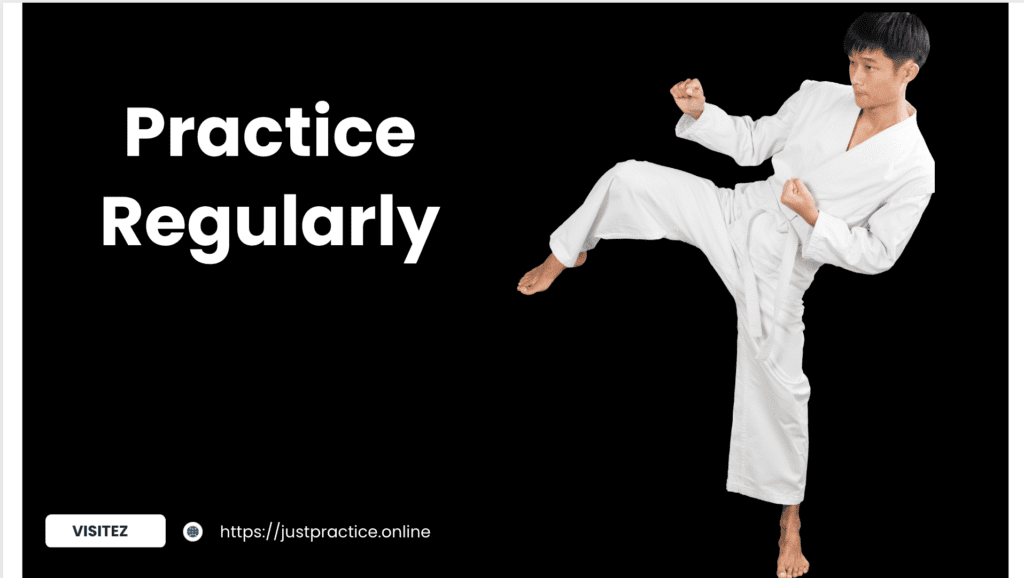
Use Online Resources
Take advantage of online tools and resources that offer speed reading exercises and techniques.
There are many online resources that can help you expand your English vocabulary. Based on the web search results, some of the most useful and popular ones are:
- Dictionary.com: This site offers more than just definitions and origins. It helps you learn new words with features such as Word of the Day, Thesaurus, Word Games, Quizzes, Slideshows, and more.
- The Free Dictionary: This site is an awesome resource that has dictionaries for English and other languages, as well as specialized dictionaries for idioms, slang, medical terms, legal terms, etc. It also has encyclopedias, a thesaurus, a literature reference library, and various games and activities to test your knowledge.
- Visual Thesaurus: This site allows you to explore words and related terms in a fun and interactive way. You can see how words are connected in a visual map and listen to their pronunciations. You can also discover new words with the Word of the Day feature and challenge yourself with the Spelling Bee game.
- Howjsay: This site is a free online talking dictionary that helps you learn how to pronounce words correctly. You can type in any word and hear it spoken by a native speaker. You can also browse words by categories or alphabetically.
- Merriam-Webster: This site is one of the most trusted and authoritative sources for English language learners. It has a comprehensive dictionary and thesaurus, as well as word games, quizzes, videos, podcasts, and a Word of the Day feature.
- Wordnik: This site is a community-based dictionary that shows you everything about a word, including definitions, examples, pronunciations, synonyms, antonyms, related words, images, statistics, and more. You can also create your own word lists and join discussions with other word lovers.
- WordWeb: This site is a one-click English thesaurus and dictionary that can help you find synonyms, antonyms, related words, and definitions. You can also download it as a software program that works offline and integrates with other applications.
- justpractice.online: free audiobooks to improve
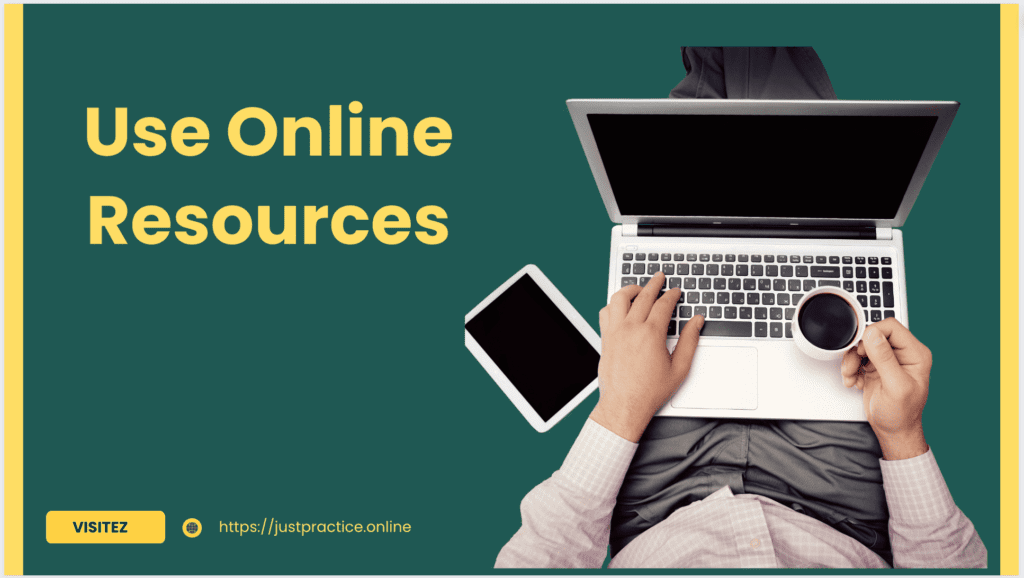
These are some of the online resources . You can use them to learn new words, improve your vocabulary skills, and have fun with language.
Read Aloud
Occasionally read aloud to improve your reading fluency and train your eyes to move smoothly across the text.

Summarize and Reflect
After finishing a reading passage, summarize the main points and reflect on what you learned.
Summarizing and reflecting are important skills for reading comprehension and learning. Based on the web search results, some of the steps to summarize and reflect in reading are:
- Summarizing: This means giving a concise overview of the main points and ideas of a text in your own words. A summary is always much shorter than the original text. To write a good summary, you should:
- Read the text carefully and identify the main ideas and supporting details. You can use headings, subheadings, punctuation marks, or connectors to help you break down the text into sections or chunks.
- Write the summary using your own words and phrases. You can use direct quotations of keywords or sentences if they are important or unique, but make sure to use quotation marks and cite the author and title of the text.
- Include author tags to indicate whose ideas you are summarizing. For example, you can use phrases like “According to Smith…”, “Smith argues that…”, or “As Smith states…”.
- Avoid summarizing specific examples or data unless they help illustrate the main idea or thesis of the text. Report the main ideas as objectively as possible without adding your own opinions or interpretations.
- Check the summary against the original text to make sure you have not missed or distorted any important information. Make sure your summary is clear, coherent, and accurate.

- Reflecting: This means thinking deeply about what you have read and how it relates to your own experiences, opinions, and goals. A reflection is usually more personal and subjective than a summary. To write a good reflection, you should:
- Think about what you have learned from the text and how it connects to your prior knowledge, beliefs, values, or interests. You can use questions like “What did I find interesting or surprising?”, “What did I agree or disagree with?”, or “How does this text relate to my life?” to guide your thinking.
- Write the reflection using your own voice and tone. You can use first-person pronouns like “I” or “we” to express your thoughts and feelings. You can also use rhetorical devices like anecdotes, examples, metaphors, or questions to engage your reader.
- Explain how the text has influenced your thinking or actions. You can use questions like “What did I learn from this text?”, “How has this text changed my perspective or attitude?”, or “How will I apply what I learned from this text?” to show your growth and development.
- Check the reflection for clarity, coherence, and honesty. Make sure your reflection is well-organized, focused, and sincere. Avoid vague or general statements that do not show your personal insights or learning outcomes.
These are some of the steps You can try them out and see what works best for you. The key is to practice regularly and consistently until you improve your summarizing and reflecting skills.